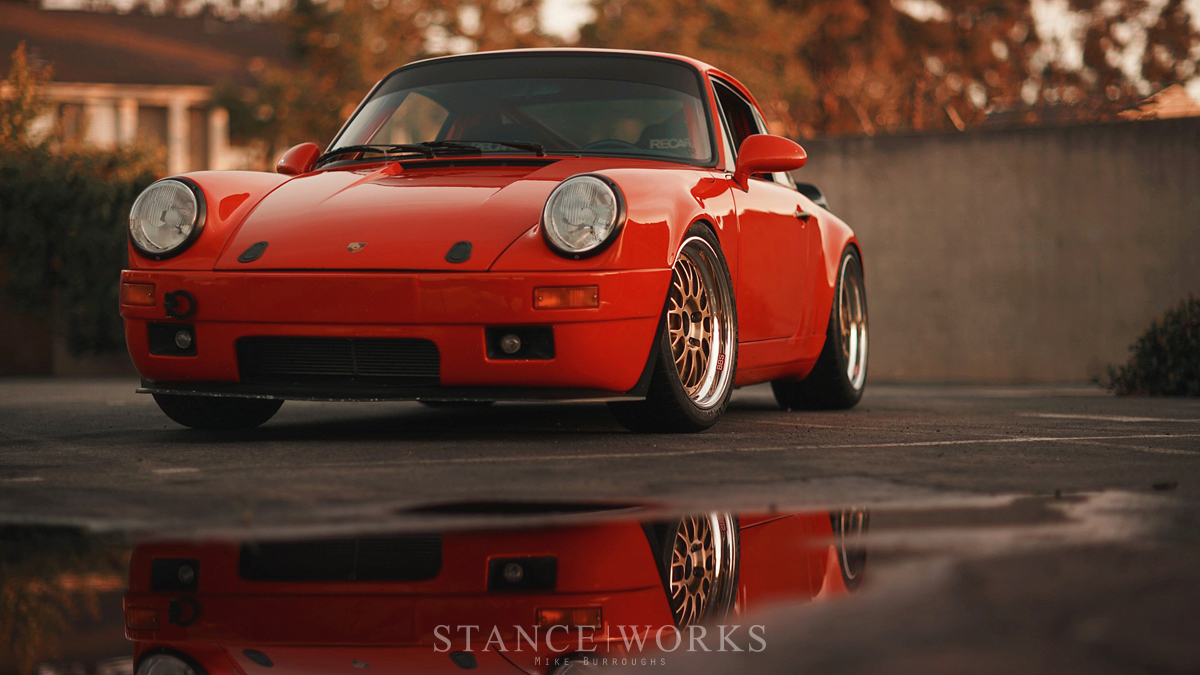
The Result of Obsession – Emotion Engineering’s “Project Nasty” Porsche 911
For better or worse, standing out in the world of 911s presents a challenge. In a segment of the community filled with high-end shops and high-dollar customers, RS replicas and backdated bodies are met with flawless restorations and machines built for display at the likes of the Monterey historics. It's a niche rich with the rich and filled to the brim with likeminded enthusiasts with a penchant for things done a certain way. It's Joey Seely's "Project Nasty" that manages to "stay within the lines" laid by others, while executing its entire ethos with finesse and prowess. It's everything Porsche's 911 should be, and then some. It comes as no surprise, then, that "Project Nasty" stands as one of the most respected 911 builds in the industry.
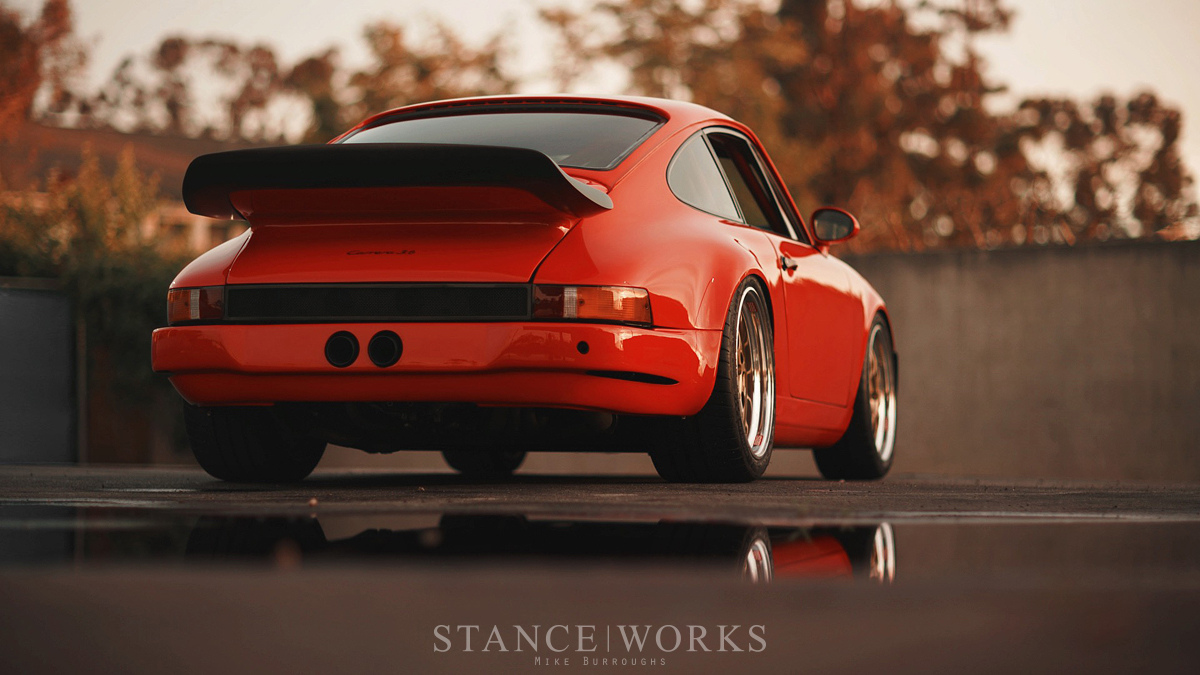
The project itself began in 2007, when Joey bought the car as a replacement for his prior 944 racer. His involvement in ALMS racing consumed too much time to competitively race the 944, so a light-duty track-prepped DE 911 was brought home: the same car you see today. Joey's initial plans were, of course, to leave the car alone. "I intended to keep it that way," he jokes, before admitting he clearly lacks the self control to do just that.

In time, Joey departed his career and involvement in professional racing to open up shop, and as the business grew, so did opportunities for his evolving 911. "One little upgrade led to the next," he says, alluding to the same sickness that ails us all. The spirit of the build itself - weightlessness - was born as things on the car aged and broke. "As things broke, they were removed and not replaced, as it was easier and much cheaper. As we all know modding cars isn't cheap but that's especially true for P-cars. So I had to limit it to what I could afford or fabricate myself."


Ridding the car of unnecessary "junk" grew to the point of obsession for Joey. Cleanliness and simplification led to weight reduction, and it's the featherweight nature of Project Nasty that truly began to catch the attention of others. Joey did, however, admit that there's a nuanced method to the madness: "Just removing stuff isn't quite enough. It needs to be done with great attention to detail so that things don't appear to be missing."


It wasn't until 9 or 10 years ago, however, that the build really upped the ante in nature. With a friend in need of an engine for his '72 911, Joey sold his 911's 3.2-liter lump, and lucked out with the replacement: a 3.6-liter RS America unit that had been pulled from a crashed car. All it needed was disassembly so that a shorn motor mount could be re-welded to the crank case. "While we're in there," Joey says...



It's the ins and outs of the engine that separate it from its contemporaries. Joey's all-or-nothing attitude got the best of him, leading to an aircooled engine built to the nines. Beginning with the foundation, the crank was knife-edged and balanced. Clearance to the case was made to allow for a GT3 dual-pick-up oil pump. Longer Carrillo Rods were used and CP made higher compression pistons that had the pin raised to accommodate the longer rod. This configuration improved piston dwell time which helps make great torque, and reduces side load to the piston which will help longevity of the piston rings. The heads were sent out for CNC 5-axis machining, and larger intake and smaller exhaust valves were installed similar to the setup used on 993 RSR race heads. Cams were spec'd specifically for this build by Rothsport Racing, as well as their Individual throttles mated to 997 GT3 Cup intake manifolds. Management is handled by Motec. All that air pumping in to the engine needs room to escape, so Joey used specialty headers and made intermediate pipes to adapt to the titanium GT3RS center muffler flipped upside down and routed through the bumper.
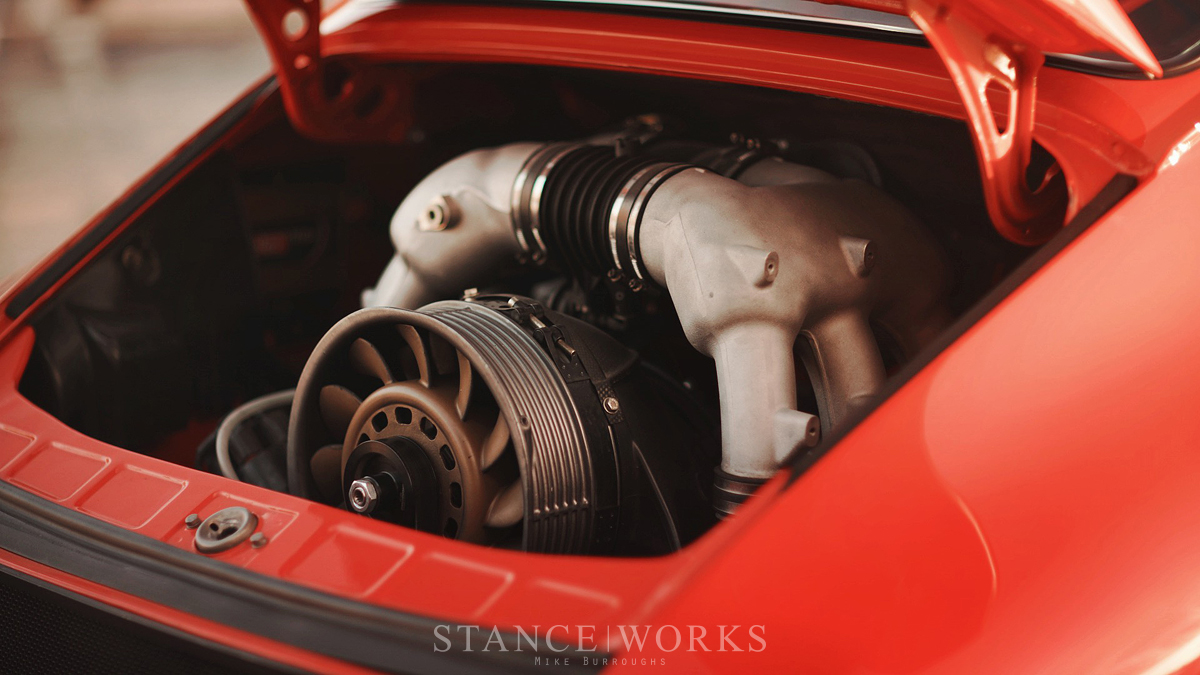
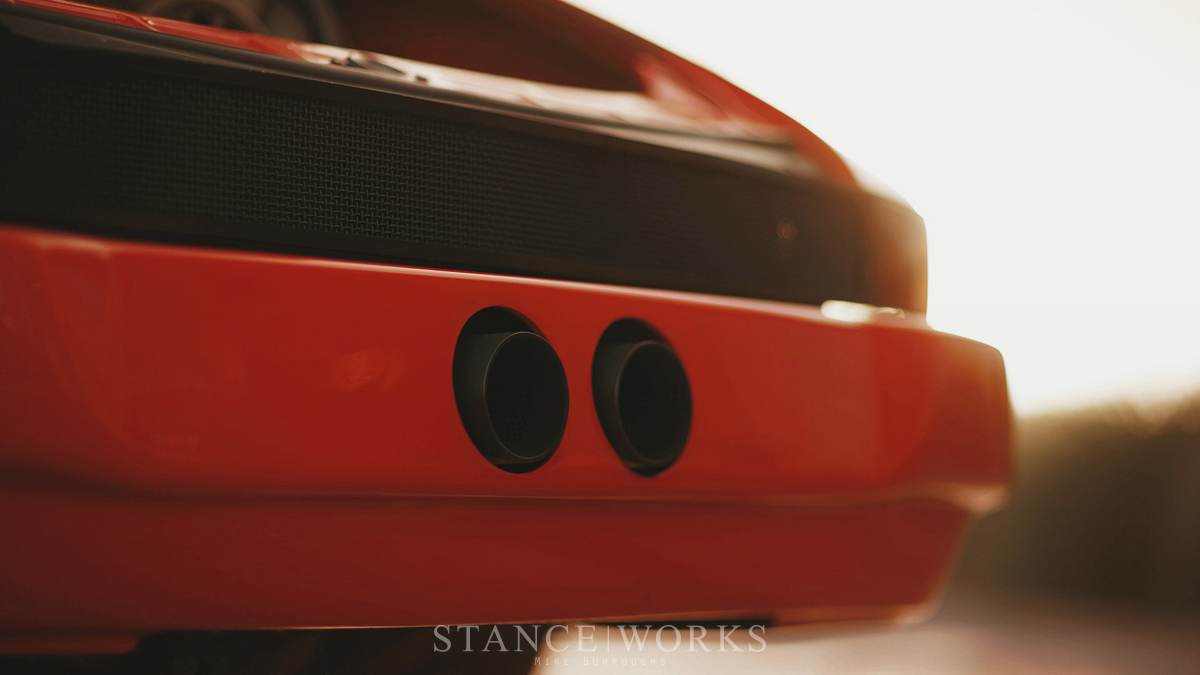
While the engine was under construction, the car itself was torn down, and a roll cage was fabricated to Joey's specs, connected to the front and rear suspension towers, and legalized for competition, despite the fact that the car has never been intended to be raced in a competitive forum. It's fit for it, in any case. During cage construction, the car's original steel rear bulkhead was cut out and a new aluminum counterpart was fabricated, fitted, and bonded permanently into place. The sunroof was welded shut and the guts removed, and lastly, the fender arches were massaged a bit to maximize room for rubber.
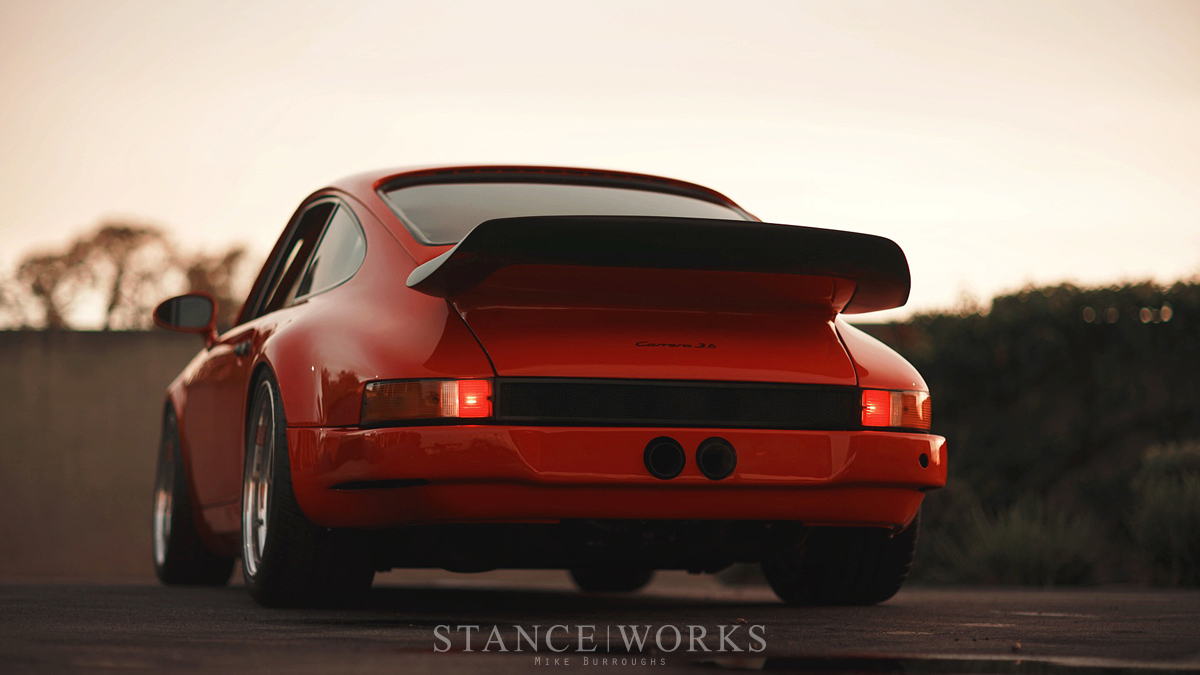
Vying for weight, a composite hood, deck lid, bumpers, and rockers were all installed, plummeting the weight to new lows. To finish the bodywork, Joey designed and built his own front splitter and the corresponding splitter floor.
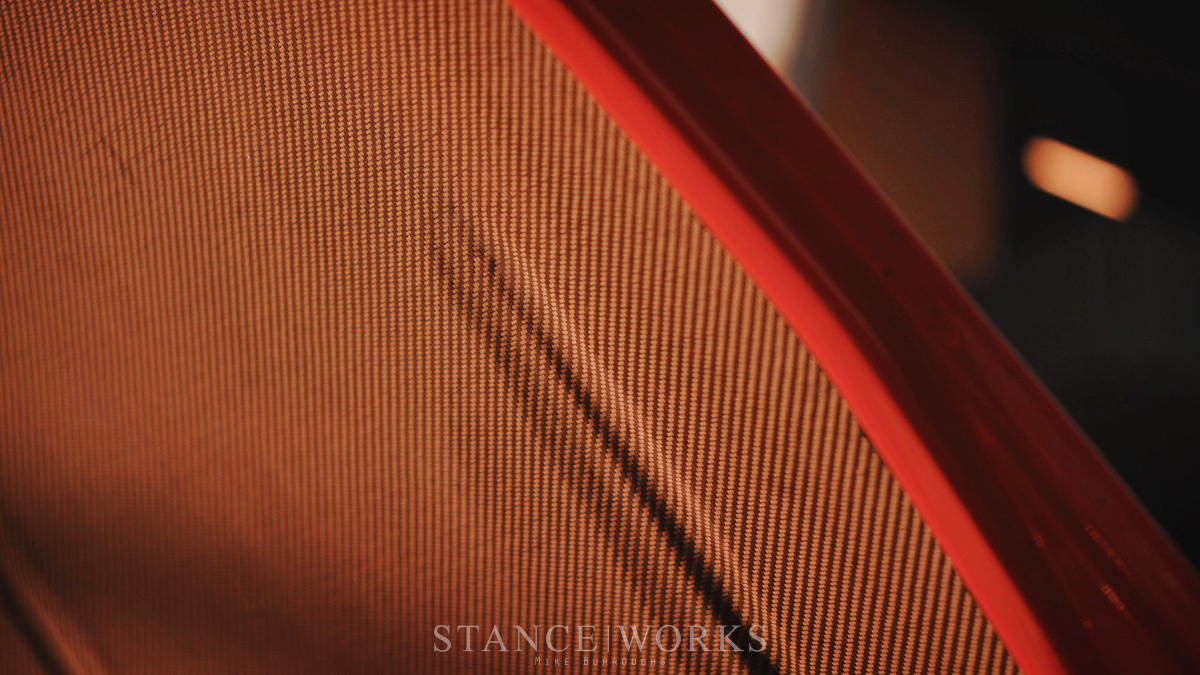

Suspension and brakes aptly followed. KW Automotive used the car for early development of the Classic damper program, and as a result, the car has been fitted with a set of Competition 3-ways. All of the control arms have been replaced with ERP's version of the 935 tubular counterparts, and Race Technologies worked closely with Joey to outfit a Brembo brake kit that would work with the power and added grip. 18x8 and 18x10 BBS E88s are shoe-horned under the fenders and over the brakes.

Routing the power to the ground is a transmission built by Bill Rader, geared specifically for the power, engine redline, and tire diameter: a truly custom-spec'd part for the build. All the Guard gears were polished and heat-treated to ensure longevity for the 915. The diff is also a Guard unit, paired with G50 stub axles and G50 axles themselves.
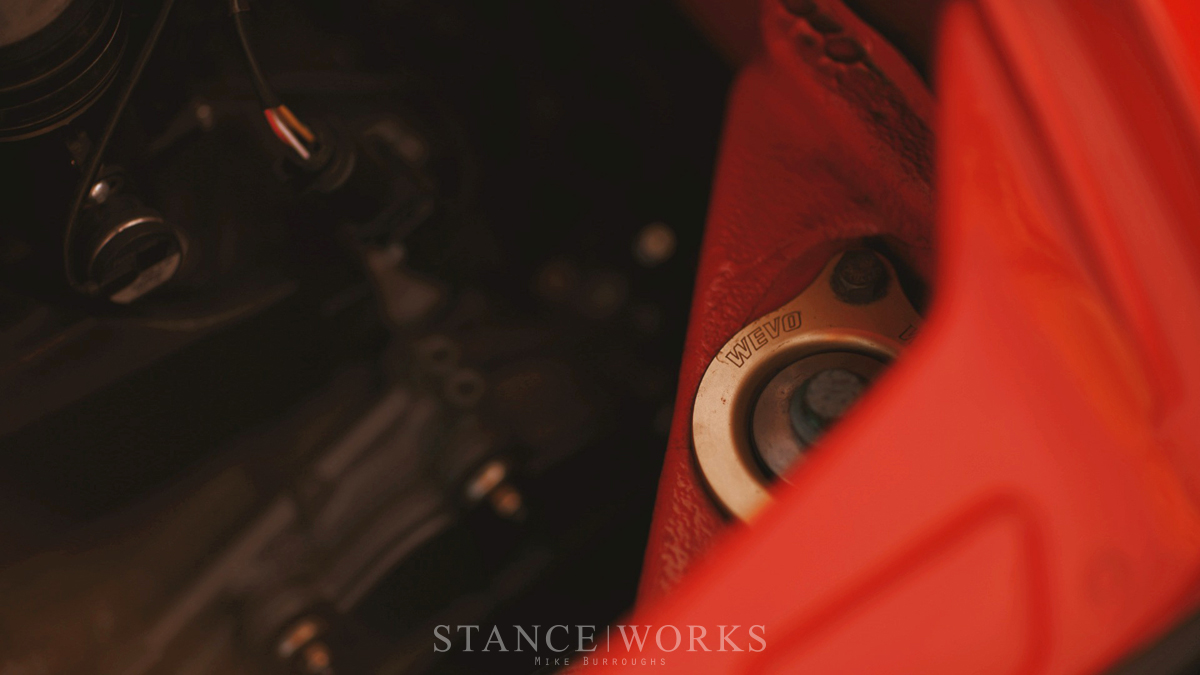
For both weight balance and weight reduction, the stainless steel factory oil tank was replaced with an aluminum unit sourced from a 935, and was relocated to the front trunk where the original AC components resided. A custom hand built fuel tank has been moved as rearward as possible, for weight balance of course. All oil and fuel plumbung was replaced with PTFE-lined XRP HS-79 hose and fittings. The original oil cooler was removed and one single, much-larger front-mount oil cooler was designed and built for the car. Shrouds channel air through the bumper, cooler, and through the front trunk into the fender wells. Fender well ducts are mated to kevlar fender liners to keep clean and efficient airflow as the car powers down the street and around the track.
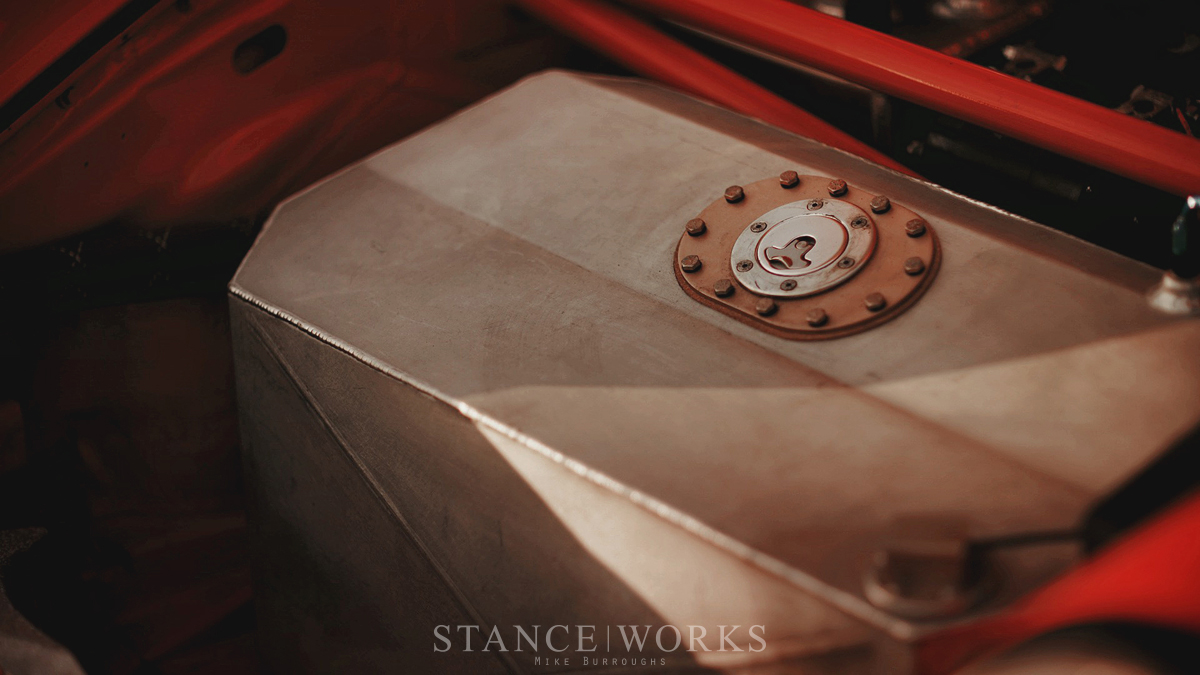
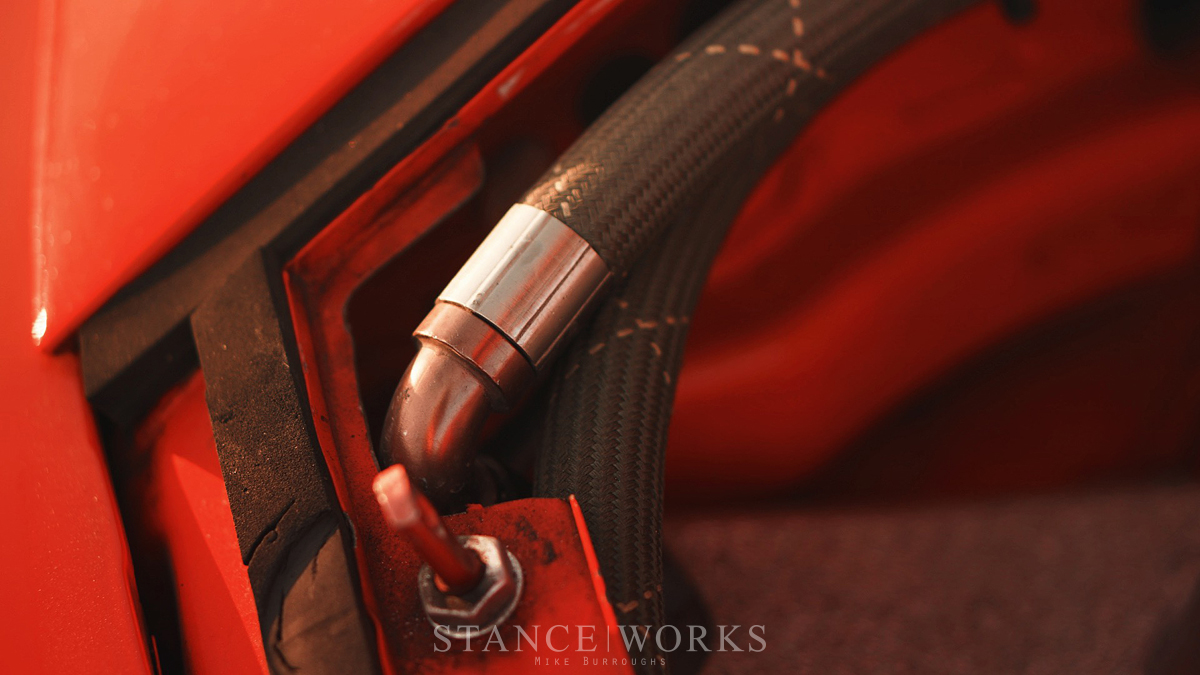
Its clear, then, by the abundance of details above, and the abundance of those not mentioned, that Joey has taken the idea of what a 911 can and should be to its limit, winning over the hearts of those with a love for the marque, the car, and most importantly, its potential. It's the ideas embraced by Project Nasty that are the foundation of Emotion Engineering, and as a result, it's the same excitement, effort, and purpose that Joey instills within his customer's cars.

